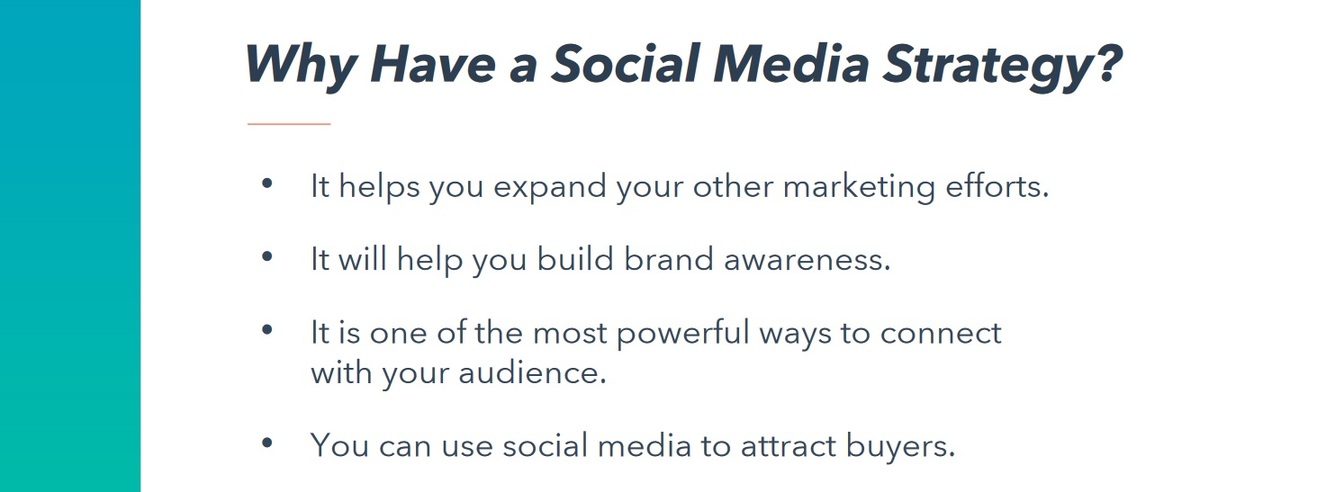Developing a Social Media Strategy: A Comprehensive Guide
- Home
- Developing a Social Media Strategy: A Comprehensive Guide
Understanding Buyer Persona in Social Media Strategy
A buyer persona is like a cheat code for social media success. It's a vital component of any digital marketing strategy, and it helps you understand your ideal customers and create content that resonates with them.
The importance of creating a buyer persona for effective targeting
Creating an accurate buyer persona is crucial for understanding and targeting potential customers. It offers insights into their needs, behaviours, and pain points, allowing businesses to tailor their content marketing strategy so that it hits the bullseye.
How to create an accurate buyer persona
To develop a precise buyer persona:
- Determine demographic information: Identify the age range, gender, location, etc., of your ideal customer.
- Analyze behaviour patterns: Understand what drives purchasing decisions, such as price sensitivity or brand loyalty.
- Gather psychographic data: Uncover attitudes towards specific products or services by conducting surveys or interviews.

Incorporating these elements will help construct an accurate representation of your target audience, guiding the direction of your social media strategy.
But don't stop there. Regular updates are crucial as market trends shift and new products are introduced. Continuously refining your personas based on fresh data ensures relevancy in messaging and keeps engagement levels high across various channels.
Leveraging Facebook Advertising in Your Social Media Strategy
Facebook advertising is a powerful tool that lets businesses precisely reach their target audience. With its vast user base and detailed targeting options, it's an essential part of any effective social media strategy.
Benefits of Using Facebook Advertising for Targeted Marketing
Facebook ads offer numerous benefits to marketers. Facebook's detailed targeting options let you reach the perfect audience for your message, allowing you to select users based on age, location, interests and more. This level of granularity ensures your message reaches the right people at the right time - those who are most likely interested in what you have to offer.
- Detailed Targeting: From age and location to hobbies and shopping habits - Facebook lets you get specific about who sees your ads.
- Vast Reach: With over 2 billion active users monthly, no other platform offers such extensive potential reach.
- Campaign Flexibility: Whether your goal is brand awareness or lead generation, there's a campaign type suited for every objective.
Best Practices for Successful Facebook Ad Campaigns
To make the most out of Facebook advertising, knowing how, when, and why to use specific strategies is essential. Here are some best practices:
- Create Engaging Content: Your ad content should be engaging enough to catch attention amidst cluttered newsfeeds. Use high-quality images, compelling headlines, and clear calls to action (CTAs).
- A/B Test Your Ads: Different audiences may respond differently to the same ad elements, such as images or copy. Always test variations to see which performs better before scaling up campaign spending.
Building Community through YouTube
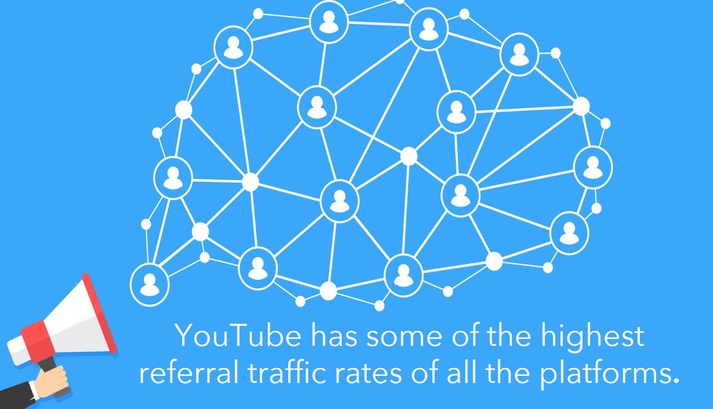
With over two billion users, YouTube is a platform that businesses can't ignore. Utilizing YouTube as a platform to foster community around your brand is essential.
Why YouTube should be part of your social media strategy?

YouTube allows you to engage with users personally by sharing valuable content related to your industry, answering common queries, and showcasing behind-the-scenes footage from your company. This creates a sense of connection between the audience and the brand, fostering loyalty and trust.
Tips for creating engaging video content on YouTube
- Create Quality Content: Invest time in producing high-quality videos that provide value to viewers. This could be tutorials, product demonstrations, or expert interviews within your field.
- Engage With Your Audience: Encourage comments and discussions under each video post. Responding promptly shows you value their input, which encourages further interaction.
- Promote Across Other Platforms: For maximum exposure, share links to new videos on all other social media platforms. Here are some tips.
Incorporating these strategies into your marketing plan will help build a solid online community centred around your brand via YouTube. Remember, accomplishment won't come in a flash, yet progress will follow with persistence, tolerance, and commitment. Start implementing these tactics today.
Using Twitter for Real-Time Updates
By leveraging Twitter's real-time capabilities, businesses can stay up-to-date with their followers and create opportunities for engagement. This platform can keep followers informed while fostering engagement.
Advantages of Using Twitter in Your Digital Marketing Plan

Tweets are concise, simple to absorb, and can be conveniently shared, making them a powerful tool for propagating information about your goods or services. With over 330 million active users monthly, Twitter offers businesses access to a vast worldwide audience. Using hashtags allows you to tap into trending topics related to your industry and reach potential customers who may not yet follow you but have shown interest in similar content.
Strategies for Maximizing Engagement on Twitter
- Create Engaging Content: Share interesting facts about your product or service that will capture attention. Use images and videos whenever possible; they get more retweets than text-only posts.
- Leverage Hashtags: Using popular hashtags relevant to your business increases visibility among those following these tags.
- Schedule Tweets During Peak Times: According to Sprout Social's research, most users are online on weekdays early in the morning or late afternoon, when people are commuting.
Incorporating these strategies into your social media plan will enable you to effectively utilize Twitter's power for real-time updates, keeping followers engaged with regular insights into what's happening within your company. Remember, consistency is key to success here.
Harnessing LinkedIn's Potential For Thought Leadership
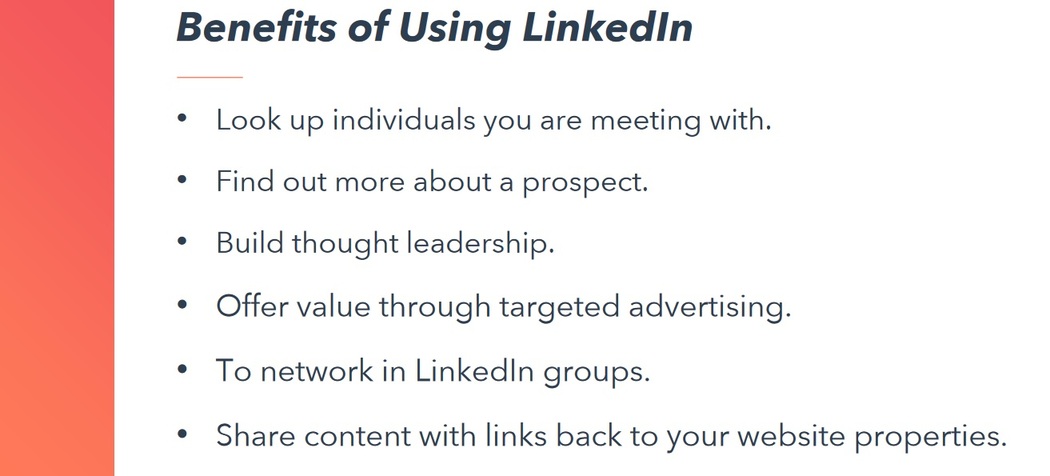
LinkedIn is more than just a networking platform. By leveraging its features, businesses can establish themselves as thought leaders in their industry on LinkedIn. By sharing insightful posts and engaging in meaningful discussions within relevant groups, companies can build credibility and trust among their target audience.
The Role LinkedIn Plays in Developing Thought Leadership
Thought leadership on LinkedIn involves providing valuable insights that help others understand industry trends, overcome challenges, or gain new perspectives. This positions your brand as an expert and attracts potential customers who value your expertise.
- Create high-quality content: Share blog posts, articles, or white papers that offer unique insights into your industry.
- Engage with the community: To foster engagement, participate actively in group discussions and respond to comments on your posts.
- Promote events: If you're hosting webinars or other events related to your field, use LinkedIn to promote them and invite participants.
Ways Businesses Can Leverage LinkedIn's Features Effectively
To maximize the benefits of using LinkedIn Pages, businesses need to take advantage of its various features, such as Showcase Pages for highlighting specific aspects of the industry, Sponsored Content for promoting key messages, SlideShare for sharing presentations, and Analytics for tracking website performance metrics like impressions, clicks, and follower demographics. Here are some ways you can utilize these tools effectively:
- Showcase Pages: This feature lets you showcase different aspects of your business separately so users interested in particular services/products can follow those pages directly.
- Sponsored Content: If you have key messages you wish to reach a larger audience, you may want to consider sponsored content. The tool helps amplify reach by delivering ads targeted to audiences based on user behaviour and interests.
- Analytics: Analyzing results to improve future efforts is a crucial part of any marketing strategy. Analytics provides detailed data about a page's performance, helping you make informed decisions.
LinkedIn can be used to establish a company as a thought leader in their industry by sharing insightful content and engaging with the community. To maximize the benefits of LinkedIn Pages, businesses should utilize features such as Showcase Pages, Sponsored Content, SlideShare, and Analytics effectively. Creating high-quality content that offers unique insights into your industry and participating actively in group discussions to foster engagement is important.
Key Performance Indicators (KPIs) in Social Media Marketing

As a modern-day blog editor experienced with SEO, it's crucial to understand the importance of KPIs in social media marketing. When starting, focus on four categories of KPIs: followers, direct sales revenue, lead conversions, and lifetime value. These metrics will provide insights into the effectiveness of the strategies employed.
Importance and Types of KPIs in Measuring Success on Social Platforms
The importance of KPIs in digital marketing cannot be overstated. They serve as a compass guiding your marketing efforts towards success. The types of KPIs that matter most include:
- Followers: This metric helps you understand your brand's reach on the platform.
- Sales Revenue: Directly linked to ROI, this shows how much income social media campaigns generate.
- Lead Conversions: This measures how many potential customers are converted into actual ones through your content or ads.
- Lifetime Value (LTV): This calculates a company's total net profit from any given customer over time, which can help determine long-term strategies for retention and engagement.
Analyzing and Improving Based on KPI Results
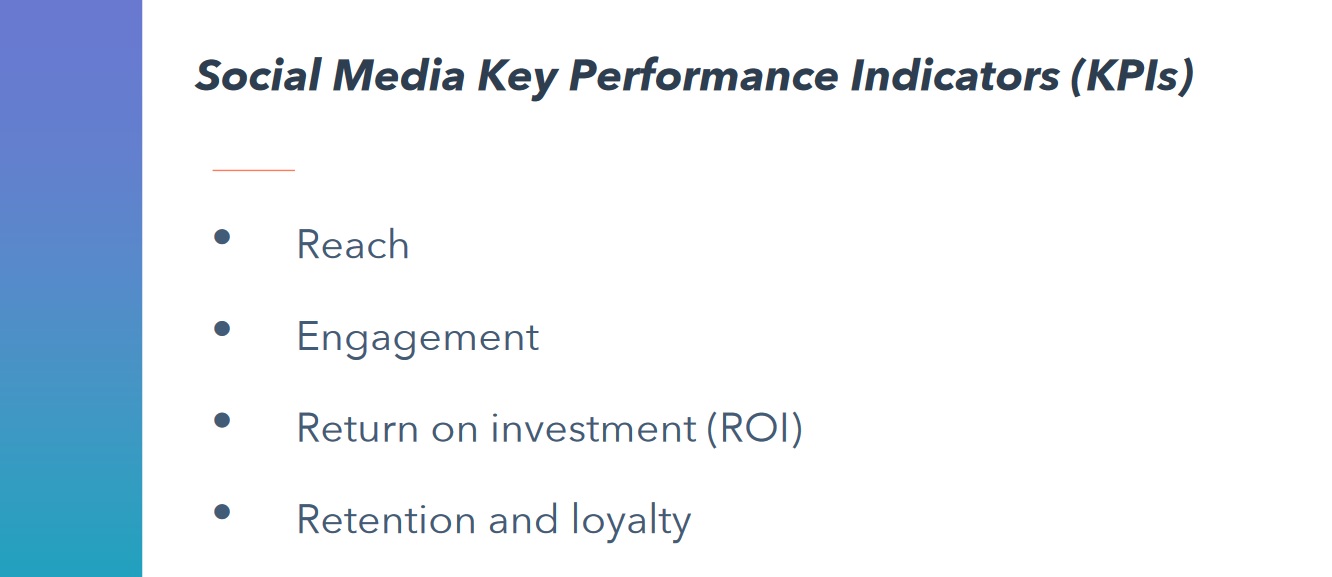
Your work doesn't stop at just measuring these indicators; analysing them regularly using tools like Google Analytics or Hootsuite Insights is equally essential. Once you've gathered data, use it to refine and improve your current tactics. For instance, if you notice low conversion rates despite high traffic, consider tweaking ad copy or landing page design. Similarly, if LTV is lower than expected, look into ways to boost customer loyalty such as offering exclusive deals for returning customers or improving post-purchase service.
Remember: what gets measured gets managed - so ensure you're keeping an eye on those crucial numbers.

Scaling Your Social Media Team Structure
As your business grows, so must your social media team. Have a plan for scaling up the structure of your team as you expand. This involves clear role distribution among team members to ensure smooth functioning at all levels.
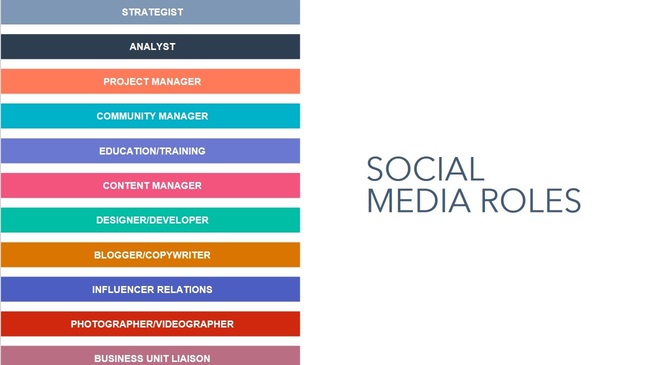
Considerations for Planning Team Expansion
First, I must understand the roles needed within the social media marketing department. These might include content creators capable of building your content framework, community managers, data analysts, and strategists. Each member should have defined responsibilities that align with their skills and experience.
Consider training needs. Will existing staff require additional training, or will you hire new employees with the necessary skills? Furthermore, how will communication between different roles be managed?
Role Distribution Within a Growing Digital Marketing Team
Executing roles effectively ensures each task gets completed efficiently and on time. For instance:
- Social Media Manager: They oversee all aspects of social media strategy, from planning campaigns to analyzing performance metrics.
- Content Creators: They develop engaging posts tailored to the target audience's interests and preferences.
- Data Analysts monitor KPIs, identify trends, and provide insights into improving strategies based on the data collected.
In addition to these critical positions, there may be other roles specific to your company's needs, such as SEO specialists or graphic designers.
A well-structured social media marketing team with clearly defined roles can significantly improve efficiency while enabling consistent growth in line with overall business objectives.
Aligning Business Goals With Your Social Media Plan
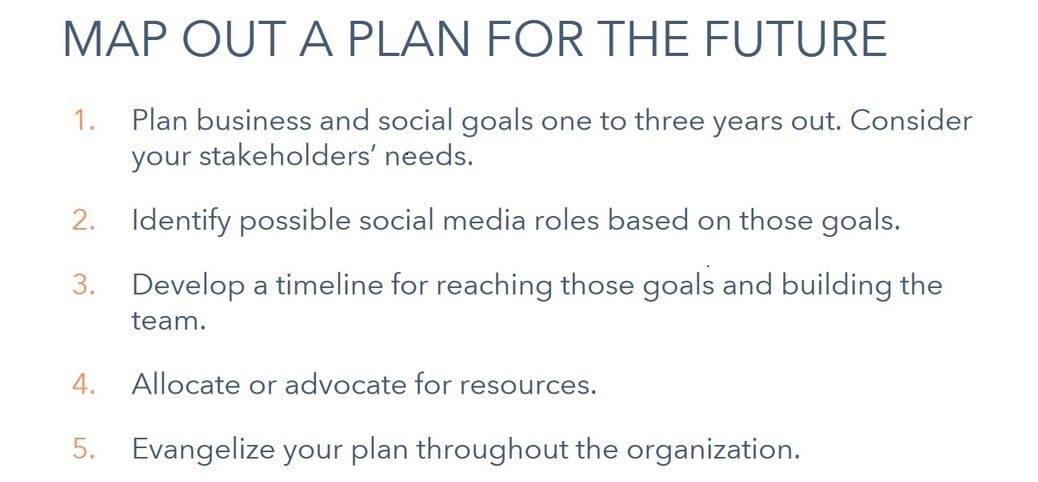
Your social media strategy should not exist in a vacuum. Instead, it needs to be aligned with your overall business goals for maximum impact. This ensures that every post, tweet, or video you share contributes towards achieving your company's objectives.
Steps To Align Business Objectives With Online Marketing Efforts
- Identify Key Objectives: What do you want to achieve through your online marketing efforts? Whether you're increasing brand awareness, driving website traffic, or boosting sales conversions, each goal will require a different approach.
- Create a Strategy: Once you have clear objectives, create a social media strategy. This should include the type of content you'll publish, how often, which platforms to use based on where your audience is most active, and metrics for measuring success.
- Analyze And Adjust: Regularly review the performance of your social media campaigns against set goals using analytics tools like Google Analytics or Facebook Insights. Use these insights to adjust strategies as needed.
Maintaining Consistency Across Different Channels
In addition to aligning with business goals, consistency across all channels is critical to building brand recognition and consumer trust. Ensure that messaging remains consistent across all platforms—from the tone of voice used in LinkedIn posts compared to Instagram captions to visual elements such as colour schemes and logos.
A well-aligned social media plan helps reach more people and ensures those reached are likely prospects who can turn into customers over time. Remember, effective digital marketing isn't about being everywhere at once but rather about making strategic decisions about where to invest resources for the best results.
This Forbes article provides further guidance on optimizing your social media plan in accordance with your business objectives.
Developing a social media strategy requires aligning it with your business goals, creating a clear content and platform usage plan, regularly analyzing and adjusting performance based on set metrics, and maintaining consistency across all channels to build brand recognition. Effective digital marketing is not about being everywhere at once but making strategic decisions for the best results.
Publishing and Promoting Content on Multiple Platforms
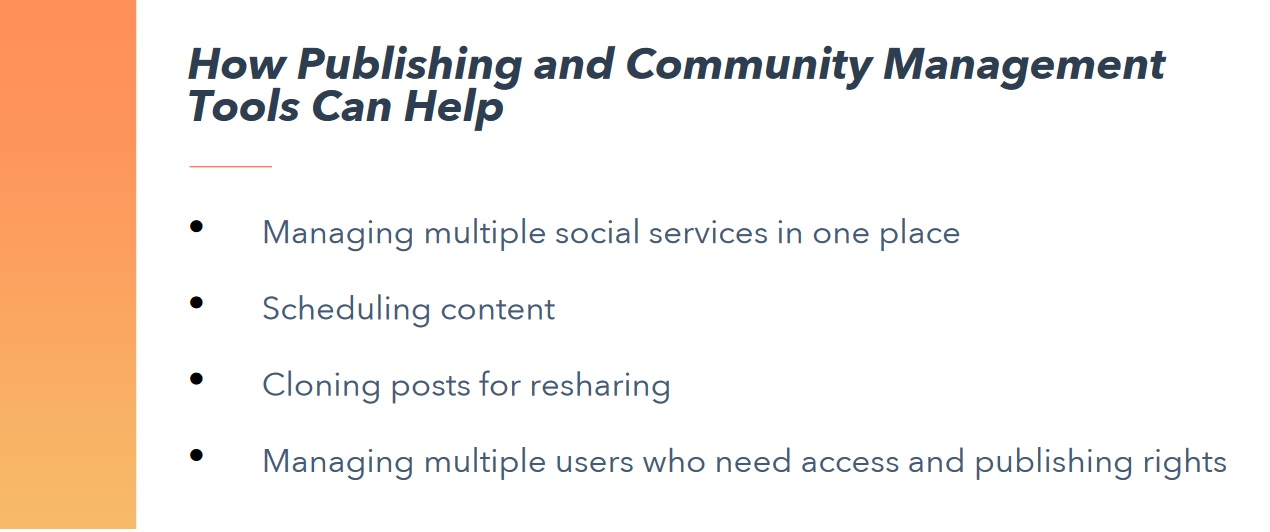
Developing a successful social media strategy involves more than just planning. It's about consistently publishing high-quality content that resonates with your audience and promoting your offerings through effective online techniques such as influencer collaborations.
Effective Techniques for Creating Engaging Content
Creating compelling, valuable, and shareable content is key to keeping your audience engaged. Produce persuasive content through blog posts, visuals, videos or audio recordings. Check out HubSpot's guide on content creation for excellent tips on crafting engaging materials for different platforms.
- Create value: Your content should offer the reader something valuable —whether it's information, entertainment, or both.
- Tailor for each platform: What works well on LinkedIn may not work as effectively on Instagram. Understand the nuances of each platform and tailor your content accordingly.
Using Influencer Collaborations as a Promotional Tool
Influencers have built-in audiences who trust their recommendations, making them ideal partners for spreading the word about your brand. However, choosing the right influencers requires careful consideration - they need to align with your brand values and appeal to your target market. Check out Social Media Examiner's article on influencer marketing for insightful advice on this topic.
Remember: The goal isn't just about reaching a wider audience; it's also about fostering genuine connections between influencers and potential customers, which can lead to long-term loyalty toward your business.
FAQs about Developing a Social Media Strategy
Developing a Social Media Strategy: Tips and Tricks
Want to create an effective social media strategy? Start by understanding your buyer persona, then leverage platforms like Facebook, YouTube, Twitter, and LinkedIn for advertising, community building, and thought leadership. Align your business goals with the plan and measure success using KPIs.
The Four Pillars of a Successful Social Media Strategy
Creating a successful social media strategy requires understanding your audience (buyer persona), creating engaging content, utilizing appropriate distribution channels (Facebook, YouTube, etc.), and measuring performance through Key Performance Indicators (KPIs).
Writing a Social Media Strategy Brief: What You Need to Know
A social media strategy brief should outline your company's objectives, target audience (buyer personas), chosen engagement platforms (Facebook, YouTube, etc.), content creation plans (including influencer collaborations), and measurement metrics (KPIs). Remember to back up your claims with credible sources.
- Other marketing strategies unrelated to social media: While social media is an integral part of any marketing strategy, don't forget about other tactics like email marketing, SEO, and PPC advertising.
- Personal experiences or anecdotes: Sharing personal stories can help humanize your brand and make it more relatable to your audience.
- The use of controversial or inappropriate language/content: While authenticity is essential, it's also important to be mindful of your audience and avoid using language or content that could be offensive or controversial.
- Comparisons with other companies' social media strategies: While learning from different companies is helpful, avoid making direct comparisons that could come across as negative or critical.
Remember to use strong, bold tags to emphasize important points and link to credible sources to support your claims.

